GUTS brings many innovations - concerning the other fighting games currently in the market. We say it’s a fighting and dismembering game, not only a fighting game. That’s because every game mechanic is oriented towards the dismembering feature.
The main difference, visible from the start, is that GUTS doesn’t have a Health Bar. Fighters must rip off their foes’ arms and legs and deliver a final dismembering blow to win. So it’s useless to keep kicking and punching your way around: you must dismember to win.
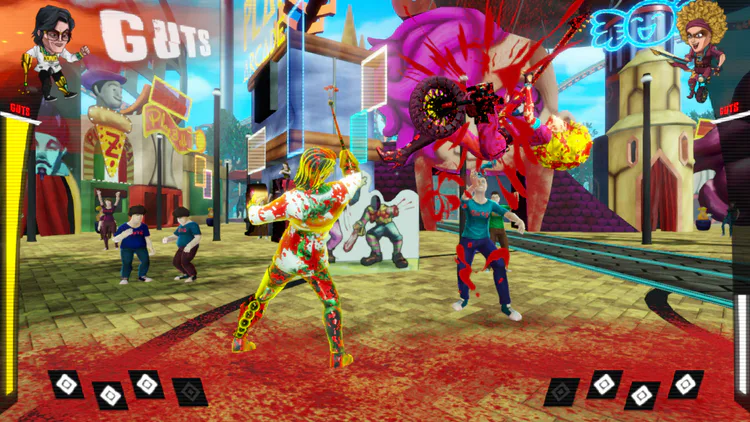
There are a few different ways to dismember a foe: the main method are the GUTS Moves, special unblockable attacks that rip off a limb when they connect. You keep fighting, gradually filling in the GUTS bar - it completely fills up with 12 connected moves, in general - and then deliver a GUTS Move.
The second way to dismember a foe is another unique feature in GUTS: the Hazards, or Traps. Each stage has specific traps, with distinct behaviours, that dismember the fighters when they touch them. So using the moves’ knockback to throw your rival into a Hazard is the second greatest strategy in GUTS. For example: in the Last Resort stage, there are electrical saws floating over some areas, so attacks that throw your opponent into the air are very useful. In the Goryland amusement park stage, on the other hand, there is a killer roller coaster that crosses the stage right in the middle of the arena, ripping off the limbs of whoever is there at the time. This Hazards mechanic introduces a zoning dynamics that’s very important to the gameplay.
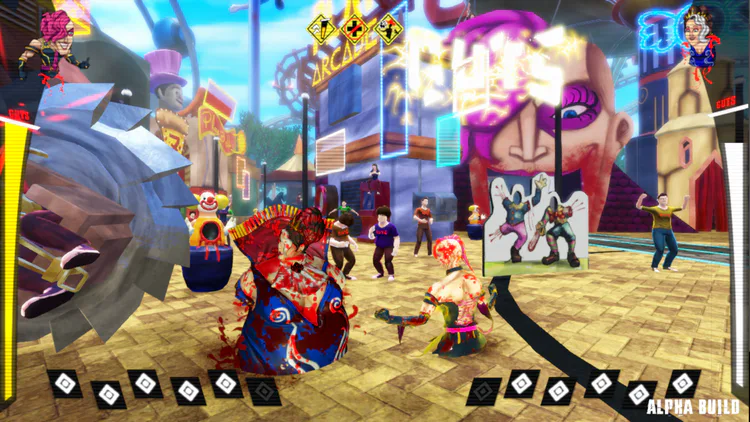
Another core innovative feature for the competitive scenario is that the character’s move sets are limb-oriented: when you lose an arm or a leg, your whole Moveset changes. In the beginning of the fight, each character has eight special moves: two in the right arm, two in the left arm, two in the right leg, two in the left leg. When a limb is lost, those special moves are lost as well. The player must then adapt to the new context and fight with whichever he has left. At the same time, the player that lost the limb gets a multiplier in the GUTS Bar gain, depending on which member was ripped off, allowing him to fill the GUTS Bar faster and change the outcome.
The coolest thing is: in the moment a GUTS Move is activated, the attacking player chooses which member he wants to remove from his rival, in the case the move connects - and the defending player can try to guess which member was chosen and defend himself from the GUTS Move using a special movement that consume his limited resources. This adds a tremendous strategic layer and a few mind games for the game.
Another new feature is the U-Points system. Those points are used to unleash a few special movements: heal and recover a lost limb; throw a torn limb into your rival (instantly dismembering if it hits); fill the GUTS bar automatically; use an arena object; evade an opponent move (including a GUTS Move) with a dodge; block a GUTS Move by guessing which limb your rival chose to dismember. The thing here is that the player just receive U-Points when he lost limbs - this mechanic, consequently, intends to balance the match in favour of the losing player, granting him the chance of epic comebacks.
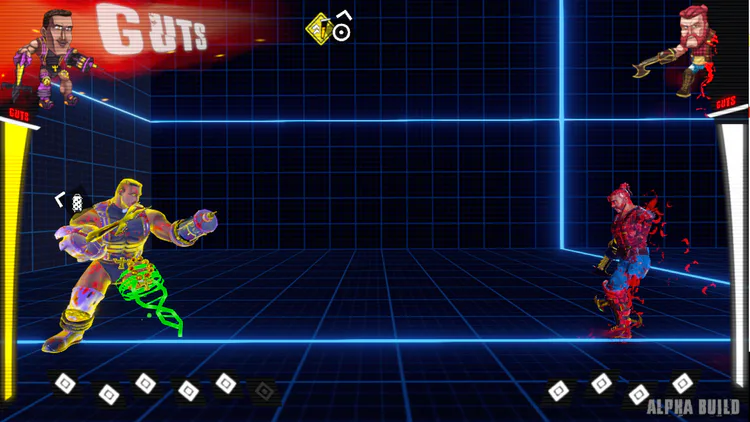
An element that players are going to miss is the fight timer. There is no time limit in GUTS - to innovate here, we created a series of interventions and progressively aggressive perks, that inevitably drive the fight to a final showdown. We were inspired by the old Bomberman games, when the stage began to shrink as the match went on. For example: after a few time, healing limbs is no longer permitted; the GUTS Bar starts to fill up faster, or even remains complete all the time, turning the match into a festival of GUTS Moves to the end.
Talking about the button commands, we decided that all the special moves will be activated with a quarter-circle, the direction (forward or backward) and the action button. And the GUTS Moves will require a single button, without directional inputs. We don’t want to create bibles of command lists that the player must remember. We want the players to win with both strategy and skill, but if you have dozens of different inputs for a dozen different characters, the player will be required to study as if it was an exam in order to master the game. We don’t want that. We want you to pick a fighter and know already all of it’s moves - and find out the behaviours and perks of each move using them instead of memorizing an instruction manual.
The combos are classified in two different levels: the practical combos and the complex combos. The practical combos are used with a single limb, by pressing the same button repeatedly with a large time window to connect the moves. This allow the newcomers to do interesting combos from the start and, at the same time, guarantees that even a fighter with a single limb will be able to perform a few combos. The complex combos, on the other hand, combine different limbs and require a little more timing and practice, but are far longer and stronger, throwing the rival further and increasing the chances to push him into a Hazard.
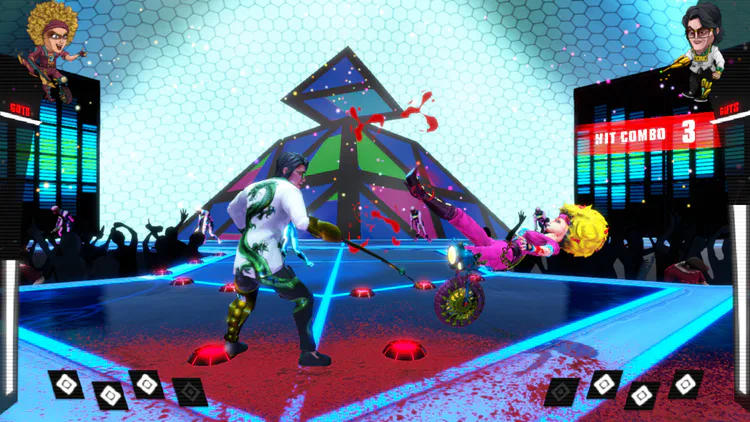
We also put a lot of effort into the game’s story, developing a deep and complex lore. The universe of GUTS is extremely rich: a hyper consumerist world, totally focused on the celebrities’s culture and social popularity, greatly inspired by Black Mirror and other high tech distopies. We built spherical characters, always with a lot of care and creativity: they have their own complex and interesting stories and, in the story mode of the game, each character will have two different endings: one of them is secret and much harder to unlock.
We studied many, many fighting games to create GUTS. In terms of gameplay, the greatest references are Street Fighter IV and Smash Bros Melee. But we studied the frame data and the feeling of the following games: Street Fighter II, IV and V; Street Fighter Alpha 2; Mortal Kombat I, II, III, IX and X; Guilty Gear Xrd Revelator; Super Smash Bros; Smash Bros Melee; Smash 4; Time Killers; Primal Rage; Biofreaks; Rivals of Aether; Brawlhalla; Thrill Kill (a brutal game release by EA); WWF Wrestlemania; WWF Raw; WWE 2017. And also a few non-fighting games that still contributed somehow for the creation of the game, like Streets Of Rage; Overwatch; Metal Warriors; and the Batman Arkham series.
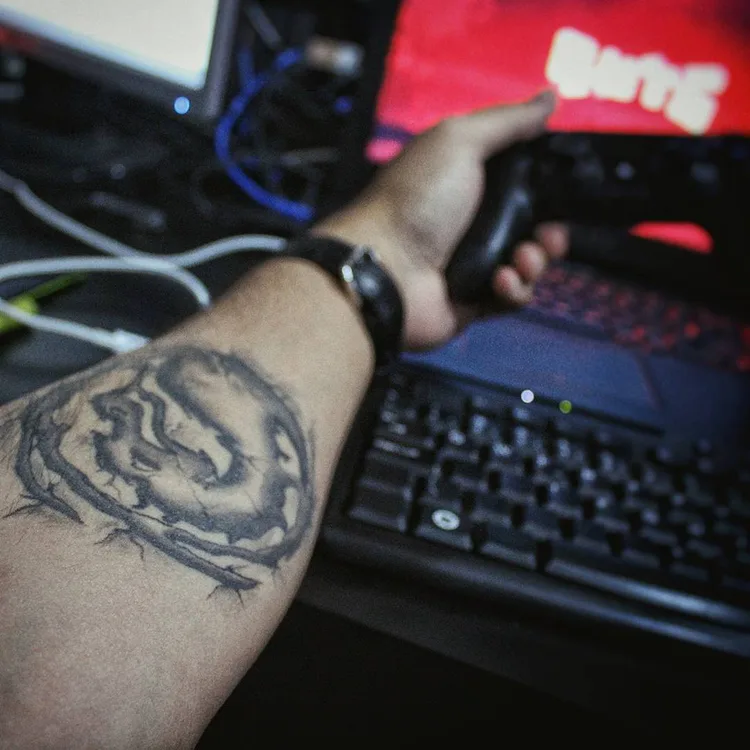
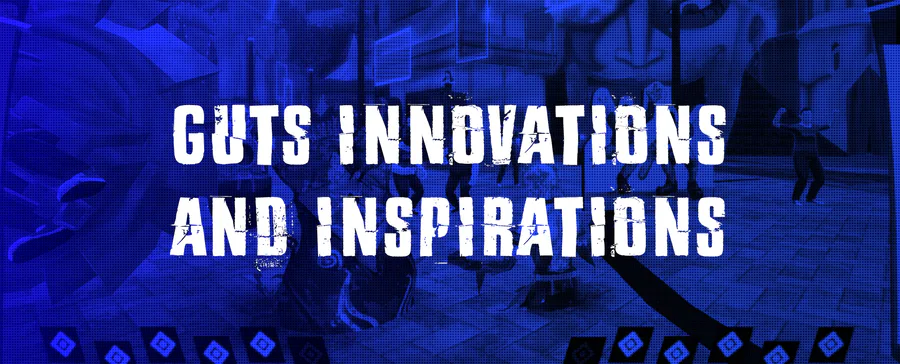
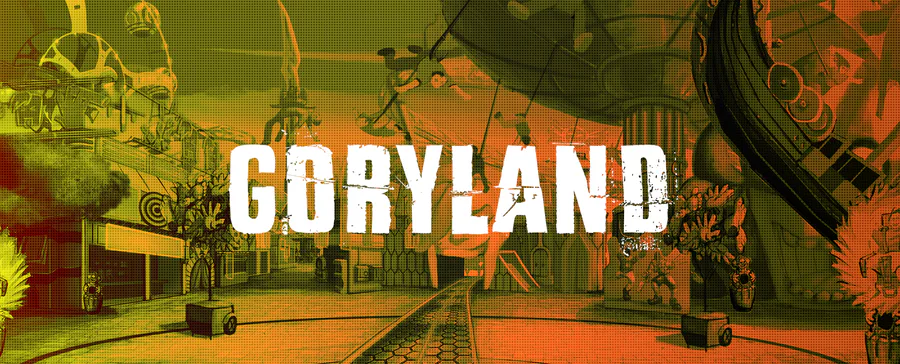
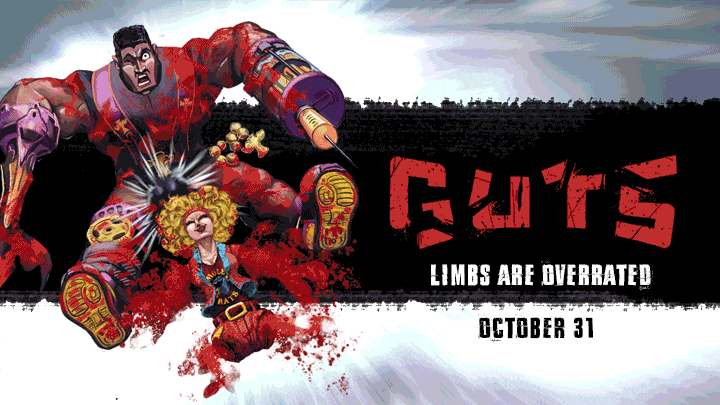
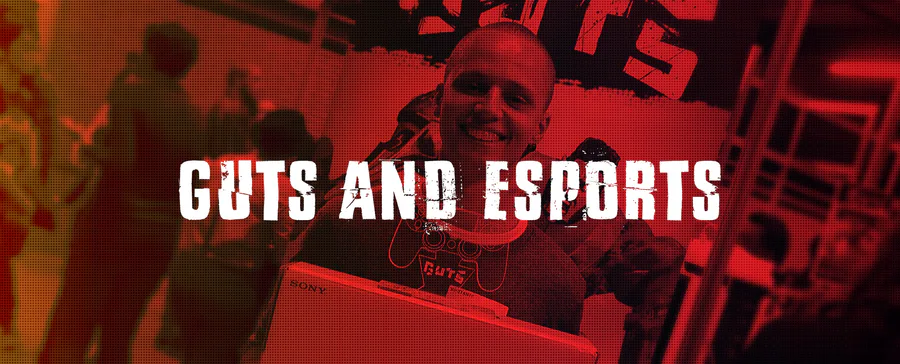
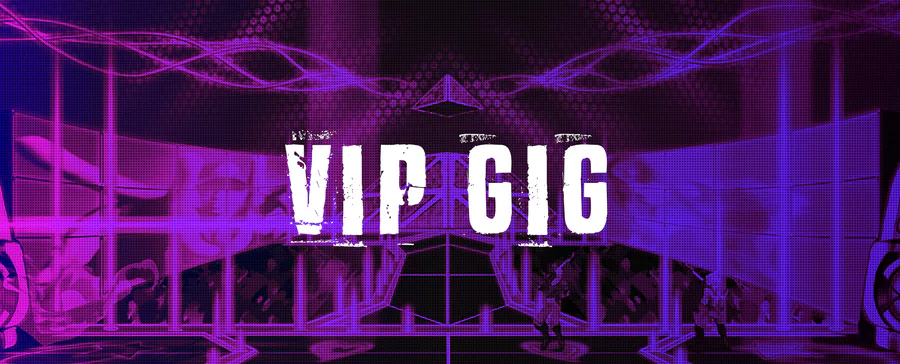

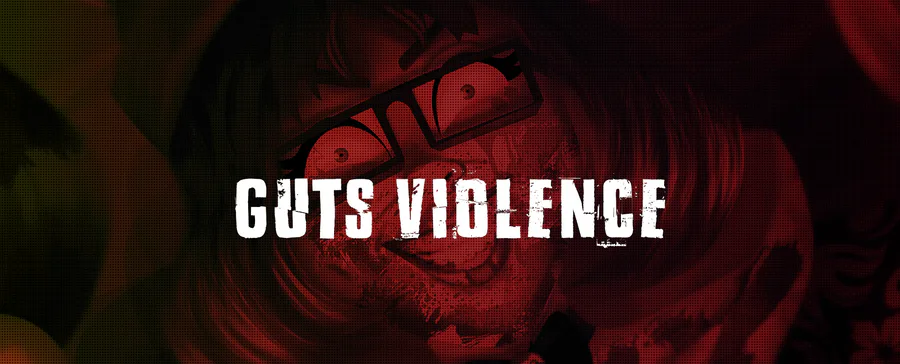


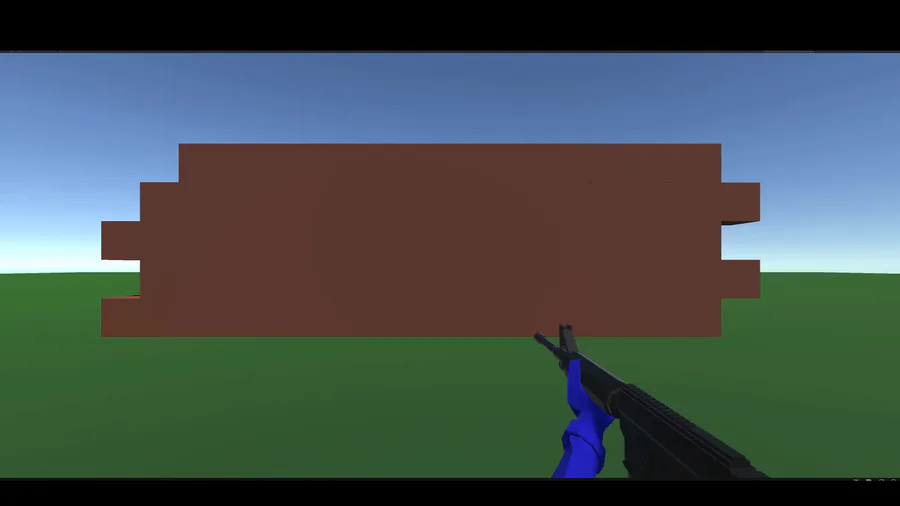

0 comments